In addition, at the end of the post see the link to the new issue of Study and Scrutiny and the call for book chapter for a new book edited by Paula Greathouse, Brooke Eisenbach, and Joan Kaywell.

It's strange to be old enough to have a "perspective," but when it comes LGBT teen lit, I definitely do.
In 1990, I co-founded the world's third gay-straight alliance in my hometown of Tacoma, Washington. Needless to say, it was a struggle.
In 1992, I wrote the first draft of Geography Club, a book very loosely based on that experience. A lot of editors wanted to publish it, but it wasn't until 2003 that Steve Fraser at HarperCollins finally managed to get it out into the world. The book was an unexpected hit, one of the first in an explosion of mainstream LGBT teen books, but it was also pretty controversial, banned and challenged at libraries all across the country.
In August, Simon & Schuster is releasing my twelfth novel, Three Truths and a Lie, a horror/thriller YA novel of psychological suspense. It features two leading gay characters, but the novel has almost nothing to do with the fact that they're gay, and says nothing "about" the LGBT teen experience.
In other words, over the course of my life and my career, I've seen LGBT teen issues go from being a very BIG issue, to becoming well on the way to being a non-issue.
I often wonder what would have happened if Geography Club had been published in 1996 or 1998 (as it almost was). Would it still have been a hit, or would it have tanked? Lots of editors and publishers, even ones who liked it, told me, "There's no market for a book about gay teenagers." Maybe that was true at the time.

I'd been working with LGBT teens since 1990, and I knew there was some real energy on LGBT youth issues brewing under the cultural radar. But the book's success caught even me by surprise. (At the time, my author-friends would complain to me how hard it was to get any attention for their books, and I would think to myself, "Really? It doesn't seem that hard to me!" I've since learned that book launches don't usually go that effortlessly!)
I tried hard to make Geography Club fun and funny, because I was tired of the "doom and gloom" LGBT books of the past. But it was still a book about the struggles of being a LGBT teenager: how it sucked to be bullied, among other things.

The only bullying is when a straight friend teases the gay characters with his own nudity while skinny-dipping.
In other words, in Three Truths and a Lie, the gayness is mostly incidental. Better still, the book is being marketed to a mainstream audience.
I think it's fantastic that we live in a time that we can take for granted the fact that heterosexual readers won't be distracted by a gay character, to the point that it interferes with the story.

A lot of the credit for the change also has to go to actual teenagers. What a lot of adults still don't understand is that a tectonic shift occurred in the early to mid-00s: young people went from being hostile or indifferent to LGBT rights, to being overwhelmingly supportive. Now the younger generation, gay and straight, takes for granted that the LGBT cause is one of the biggest civil rights issues of our time
.
And yet for something to be a non-issue, it first needed to be an issue. When people couldn't see beyond their preconceived notions, they couldn't see the humanity of the LGBT community. And if the readers of a book couldn't get beyond the stereotypes, they couldn't focus on the story. So people needed to be educated, to come to understand that LGBT characters weren't any different from straight characters, at least not in the fundamental ways.
People make fun of the "issue" and "problem" YA novels from the 1970s and 80s, often for very good reason. But I'm more forgiving, because those overly-earnest, even clunky novels so clearly paved the way for the freedom we YA authors have today in incorporating tough or even shocking social issues into our work.
Then there's the question of sex.
I thought the sexual element in Geography Club was pretty tame. But the folks who equate "gay" with "sex" didn't see it that way at all. To them, my books were smut.
I can only imagine what they'd say about The Truths and a Lie, which is pretty explicit in places. You might even call it a psychosexual thriller.
In the book, I'm using sex to explore darker themes, like domination, jealousy, and secret desires, even the connection between sex and death. These themes are right in line with the genre I'm writing in, but they're pretty unusual in YA, even in non-gay books.
But the sex in this book is gay. And it was written for and is being marketed to a mainstream audience! Whenever I think about all the hassles I went through with Geography Club, all the controversies I endured, that sort of takes my breath away.
Over the last twenty-five years, LGBT YA lit has changed dramatically, just as society has changed. For writers, readers, and actual teenagers, we're all better off.
Brent Hartinger's Three Truths and a Lie is available everywhere (after 8/2). Visit Brent online at brenthartinger.com
If you haven't run across it yet, the new issue of Study and Scrutiny is published. We hope you check it out (here) and look what the contributing authors have to offer. We have articles from Victor Malo-Juvera, Paula Greathouse and Micke Diccio, and Alice Hayes. We also have an interview by Rodrigo Joseph Rodriquez with Isabel Quintero and a Book Review by Lorena German.
Paula Greathouse asked me to post this blurb about a new edited book on YA Literature. This is a great opportunity.
Attention all teachers, media specialists, reading specialists, and teacher educators! Do you use young adult literature in your classroom/course or know someone who does? We have already secured a publisher and are now seeking chapters for our upcoming book on the infusion of young adult literature in the content area classroom! Please read the call for abstracts! Contact Paula Greathouse at [email protected] with any questions. Thanks!!
Please see a pdf about the call for chapters below.
| chapter_call_-_adolescent_lit_as_a_complement_to_the_content_areas.pdf |


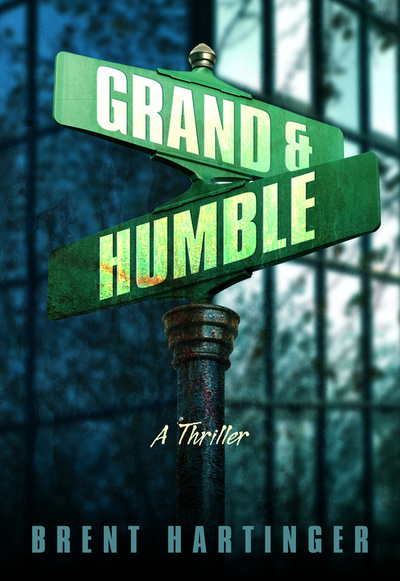

















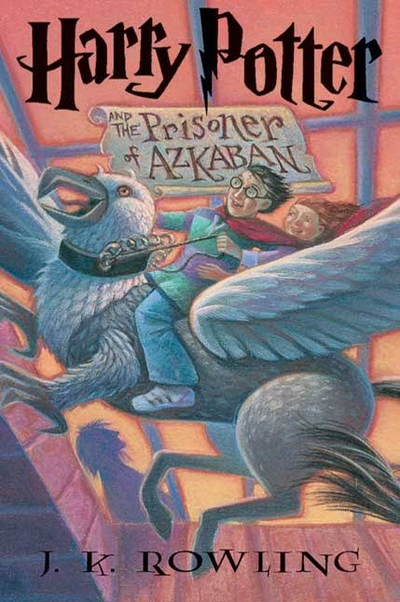







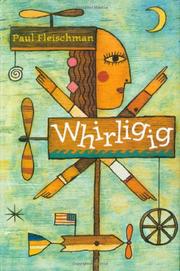








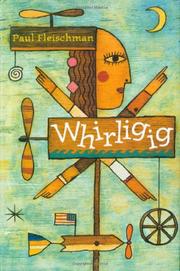




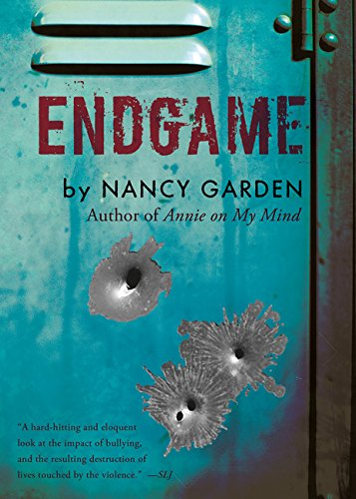
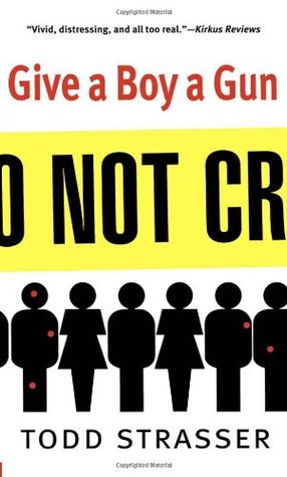


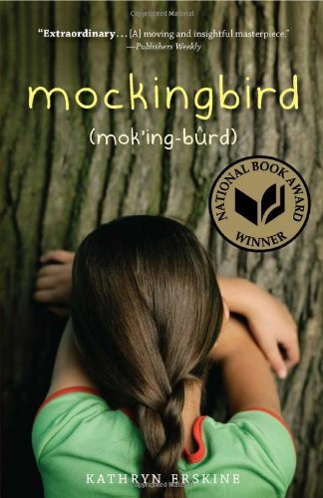




 RSS Feed
RSS Feed